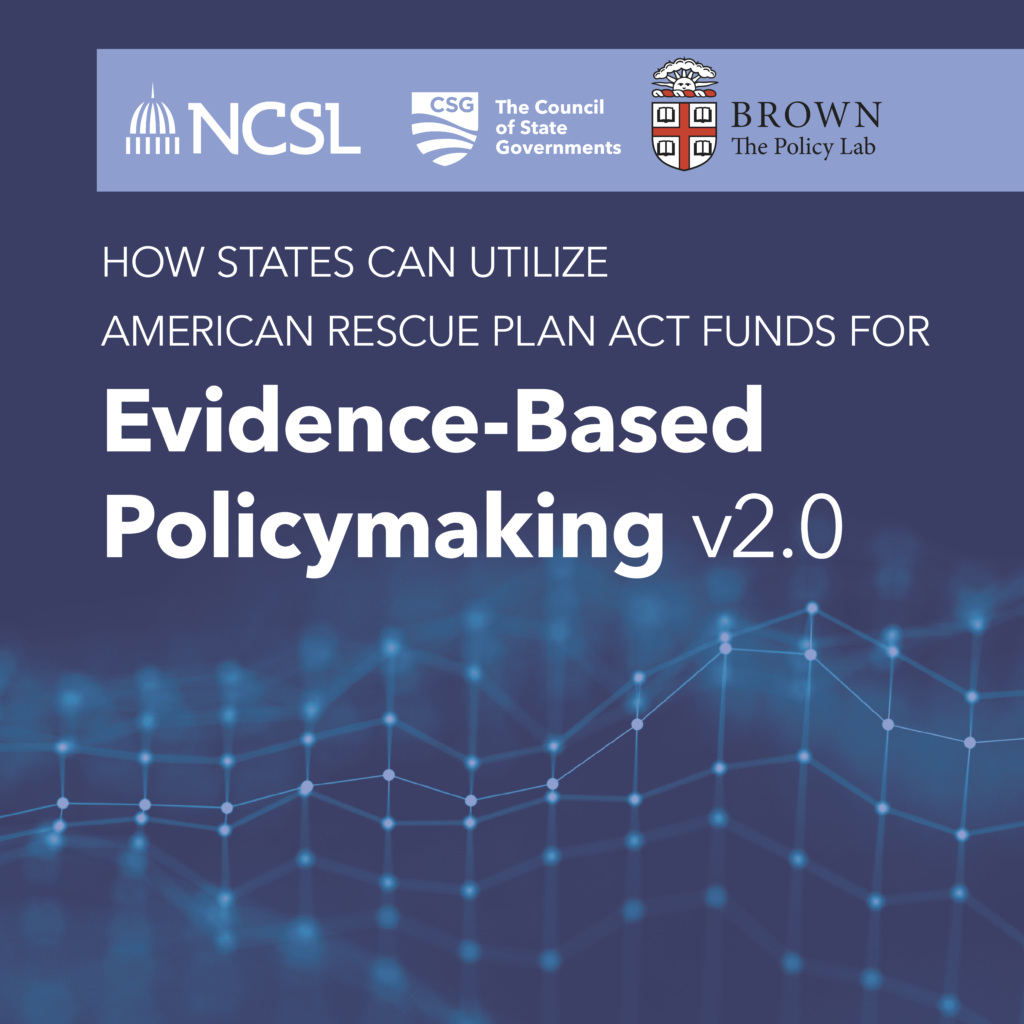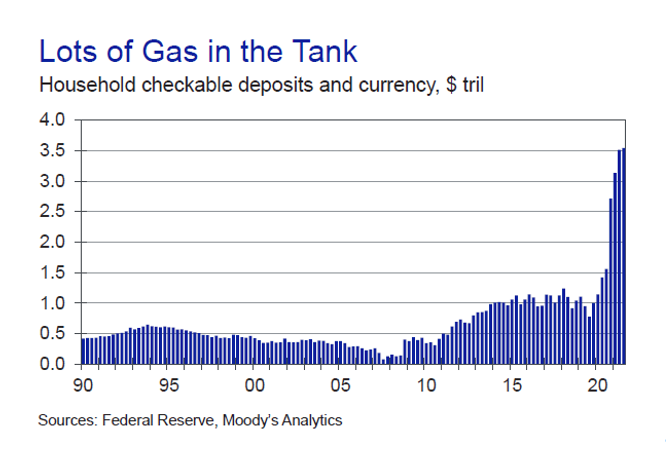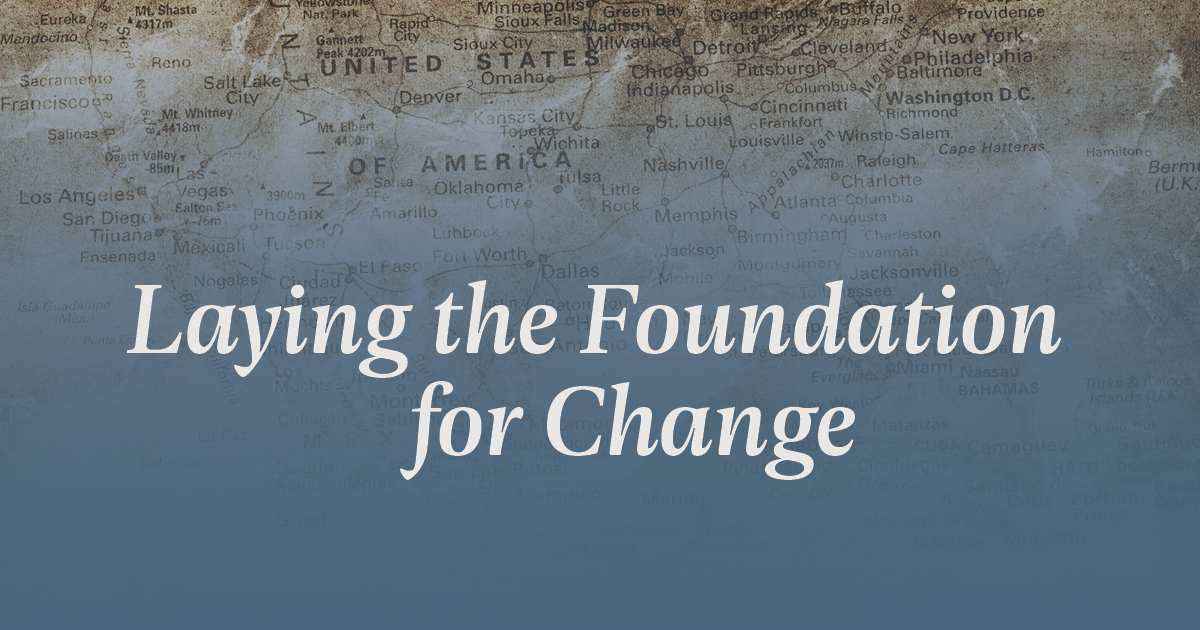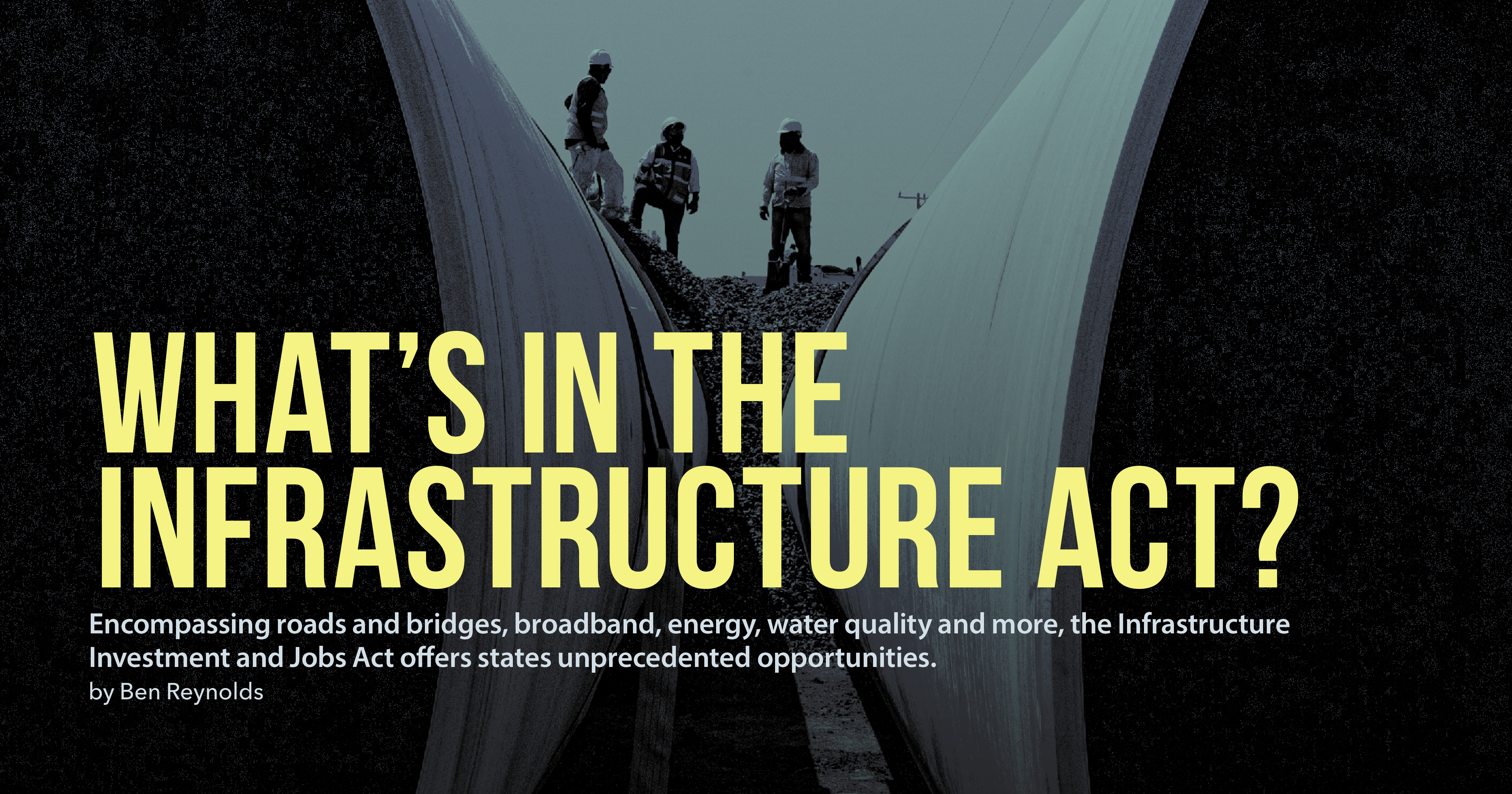Access to land and capital, workforce shortages and climate change are reshaping the way we eat.
Continue readingStates and Local Governments Win SCOTUS Sign Case
In City of Austin, Texas v. Reagan National Advertising the U.S. Supreme Court held 6-3 that strict (fatal) scrutiny doesn’t apply to Austin allowing on-premises but not off-premises signs to be digitized.
Continue readingWhat’s in a Name?
Federal board considers proposals for more inclusive place names.
Continue readingSLLC Files Supreme Court Brief in Waters of the United States Case
In Sackett v. EPA the U.S. Supreme Court will decide the proper test for determining when wetlands are “waters of the United States” (WOTUS). The State and Local Legal Center (SLLC) amicus brief argues that municipal water infrastructure isn’t WOTUS.
Continue readingInvesting in Infrastructure
Encompassing roads and bridges, broadband, energy, water quality and more, the Infrastructure Investment and Jobs Act offers states unprecedented opportunities.
Continue readingThe New Life Cycle of an Employee
How employers and states are handling workforce shifts accelerated by COVID-19 and the Great Resignation.
Continue readingBuilding Talent Pipelines
Education policy responds to a changing labor landscape
Continue readingStates Address Human Trafficking Among At-Risk Groups
By: Mary Wurtz
Human trafficking is an issue impacting every state. The Department of Justice defines human trafficking as “a crime that involves exploiting a person for labor, services, or commercial sex,” which often involves transporting individuals to complete these transactions. Consequently, traffickers often utilize public transit in their exploitation of others.
According to research conducted by The Council of State Governments, in partnership with the Federal Transit Authority, one way states can combat human trafficking is by giving special consideration to at-risk populations. Human trafficking can impact anybody, but the Polaris Project (a nonprofit organization that works to combat human trafficking) identifies the following populations as at-risk:
- People of color
- LGBTQ+ people
- People with unstable living situations
- People who have experienced domestic violence
- People with substance use disorders
- People with caregivers or family members with substance use disorders
- People who have fled their homes
- Youth involved in juvenile justice or foster care systems
- Undocumented immigrants
- People living in poverty
- People who have experienced sexual abuse
States have taken steps to address human trafficking, including developing statewide task forces and hiring a designated executive branch official to lead state initiatives. Some states have used these initiatives to identify at-risk groups and designed trafficking reduction efforts to protect these populations.
The Arizona Human Trafficking Council is a statewide group operated within the Governor’s Office of Youth, Faith, and Family. Each year, the Council partners with Arizona State University to conduct the Youth Experience Survey (YES). The survey is conducted annually among homeless young adults ages 18-25 in the Phoenix and Tuscon areas to identify challenges they face, including both sex and labor trafficking. In the first five years of the survey, the Council found that 31% of homeless youth have been sex trafficked. This data helps service providers gain a better understanding of the young people they serve.
The Georgia Human Trafficking Task Force has developed various working groups to address nine key objectives. One working group is dedicated to reducing trafficking (especially labor trafficking) among foreign-born individuals. The Office for Victims of Crime states that foreign nationals are at a heightened risk for trafficking, often because their fear of deportation prevents them from reporting exploitation or unjust labor practices. The Georgia Task Force’s Work Group on Foreign-Born and Labor Trafficking developed a screening tool to assist law enforcement in appropriately identifying foreign-born trafficking victims and updated the Georgia Labor Trafficking Roundtable Report with a legal analysis of labor trafficking policy to highlight best practices.
Children and young adults are another at-risk group, especially those who are homeless, members of the LGBTQ community or individuals in juvenile justice or foster care systems. Polaris estimates that one in seven children reported to the National Center for Missing and Exploited Children become victims of sex trafficking. Many states have taken steps to specifically address children at-risk for trafficking.
Ohio has undertaken efforts to improve outcomes for youth victims of trafficking. Through Department of Justice grant funding, the Ohio Office of Criminal Justice Services developed new screening methods for child victims who enter state facilities and continually trains child welfare and juvenile justice professionals.
In 2013, the Washington State Legislature created the Commercially Sexually Exploited Children (CSEC) Statewide Coordinating Committee to increase protections for exploited youth by examining local and regional practices and incidence data to inform statewide practices. The Committee provides a framework of recommendations and methods to respond to CSEC. Part of this work includes overseeing and reviewing implementation of a Model Protocol for CSEC, which provides victim-centered responses to trafficking and screens, identifies at-risk youth and develops coordinated responses.
To address trafficking on public transit, states can use statewide task forces, data collection and training for service professionals to discover which populations are at the highest risk for trafficking and identify potential solutions. Addressing threats to at-risk groups can protect those most vulnerable to human trafficking and secure public transit systems.
How States can utilize American Rescue Plan Funds for Evidence-based Policymaking
Authors:
The Council of State Governments
The National Conference of State Legislatures
The Policy Lab at Brown University
States have a historic chance to capitalized on funding from the American Rescue Plan Act to further the use of evidence in policymaking. Federal guidance on the rescue plan encourages states, territories and other jurisdictions to invest in evidence-based programs and practices, and it allows states to use these limited-time funds for discrete costs, such as data analysis and collection, program evaluations, and improvements to data and technology infrastructure. Investing in evidence work with American Rescue Plan dollars could pay off major dividends in the future by funding implementation of evidence-based programs, paying for rigorous program evaluations of preexisting programs, creating or enhancing data infrastructure to enable sharing information across agencies/states, and putting American Rescue Plan-funded programs into a learning agenda to gauge their effectiveness and inform future programs.
Learn more about utilizing these funds in this report from The Council of State Governments, the National Conference of State Legislatures and The Policy Lab at Brown University, which can be accessed here:

https://web.csg.org/recovery/wp-content/uploads/sites/24/2022/04/ARP_Resource2_March2022_AS_v2.pdf
Global Impact on State and Local Budgets
by Ishara Nanayakkara
—
In March, Moody’s Analytics released an analysis of the ways global events affect state and local economies, especially in terms of tax revenue. Much of the following information relies on that analysis (“Ukraine, Russia, and State & Local Budget,” by Dan White).
Since the COVID-19 pandemic began, state and local governments have received federal assistance in the billions of dollars. Pandemic relief increased the portion of state government revenue coming from federal dollars to 36%, the highest level on record. Federal funds were the largest source of revenue in 18 states, up from four states one year ago. This has created a state and local government spending environment at a level almost 10% higher than before the pandemic, the fastest pace of increased spending in over 20 years.
States also are adjusting revenue forecasts in response to uncertainty created by the Russian invasion of Ukraine.
Revenue Forecast
Most states rely heavily on sales taxes for revenue. Since these taxes are generally assessed as a percentage of purchase prices, the high rate of inflation should spur increased tax revenues. Inflation is forecast to raise sales tax collections by over 4%. In particular, states in which economies are driven by energy and agriculture (especially wheat production) will benefit. However, to provide relief to consumers, many states are considering gas tax holidays, which will reduce tax revenue.
Local governments will also see increased property tax revenues due to substantial property value increases in many parts of the country. Tax valuation usually lags market price increases by six to eight quarters, so the rapid rise in property values has not yet been fully reflected in assessed valuations. Experts predict that property values will level off or decrease in 2022, but local governments will reap the benefits of current escalated values for some time. Urban-centered governments are an exception to this prediction. They will likely see a decreased tax base because they are more reliant on commercial real estate, which decreased in value during the pandemic.
Consumer behavior also influences potential gains in tax revenue. Spending habits may change due to increasing prices and a recent interest rate hike by the Federal Reserve. However, household bank balances are currently at the highest level ever recorded due to the stimulus payments sent out over the past two years. This may counteract the downward pressure on spending caused by inflation and interest rate increases.

During the 2022 legislative sessions, policymakers may see the windfall as a one-time occurrence, therefore gravitating toward one-time investments (such as capital infrastructure). But because inflation has increased the cost of such projects (in some cases dramatically), there will be some incentive to use existing funds for recurring projects. “State and local governments are some of the largest consumers in the country,” according to Moody’s, and their spending habits will also be affected. The greatest impact will come from the rising cost of infrastructure and transportation construction projects.
State and Local Government Inputs
Accounting for inflation, net spending is less than 1% higher than it was before the pandemic. Workforce shortages further limit the impact of newly available funds — there are more than 700,000 vacant government jobs at the state and local levels. This is the “lowest number of state and local government employees in the U.S. since 1986,” adjusting for population, as states have only been able to regain half the jobs lost during the pandemic. In the past 12 months, approximately three million employees have left their public sector jobs, and resignation rates remain at record highs. This quandary exists in an environment where the labor market is very tight, with unemployment rates well below 4%. Inflation and rising prices exacerbate the challenge of public sector hiring as wages are usually lower than private sector roles. Baseline forecasts predict that this will hinder “government payrolls from regaining pre-pandemic levels” for several years.
Uncertainty
As a result of these uncertain times, a variety of factors remain undetermined. Due to rising incomes during the pandemic, income tax payments in 2022 are expected to be significantly higher and withholding is expected to expand, but this boost may be mitigated by potentially slower levels of hiring in the coming months.
The impact of capital markets is harder to predict. According to Moody’s, “Most major U.S. equity indexes have already entered correction territory,” which occurs when an index drops from 10 to 20% after a recent peak. Events in Europe will complicate market behavior, potentially for several months or years. If reduced production of consumer goods in Ukraine and Russia continues and economic sanctions remain in place for an extended period, the “outlook for the U.S. economy and subsequently state and local government fiscal conditions could be much darker.”







